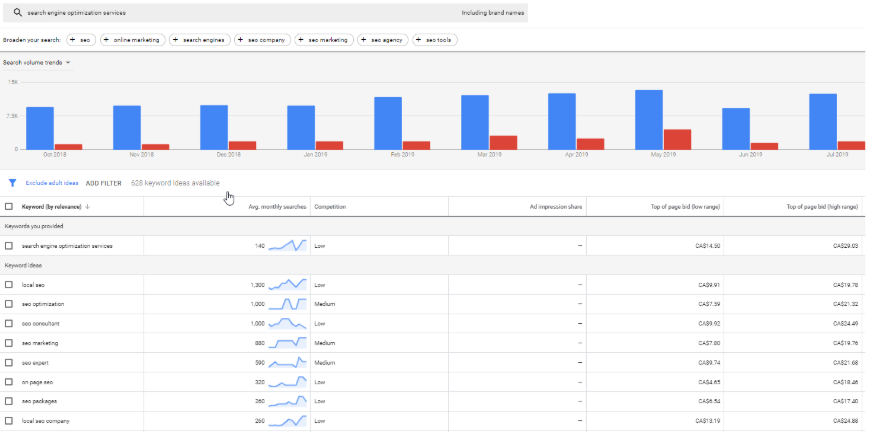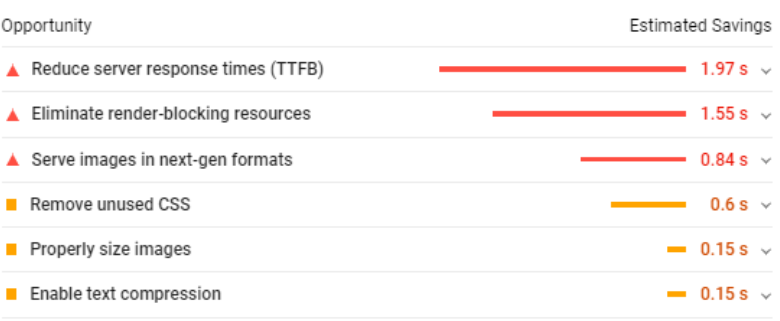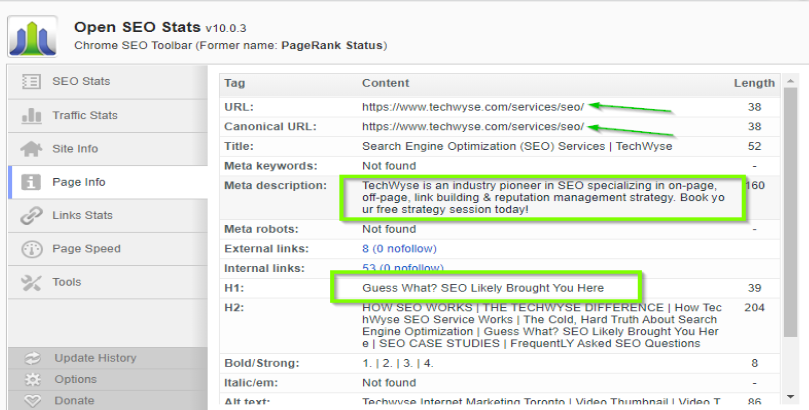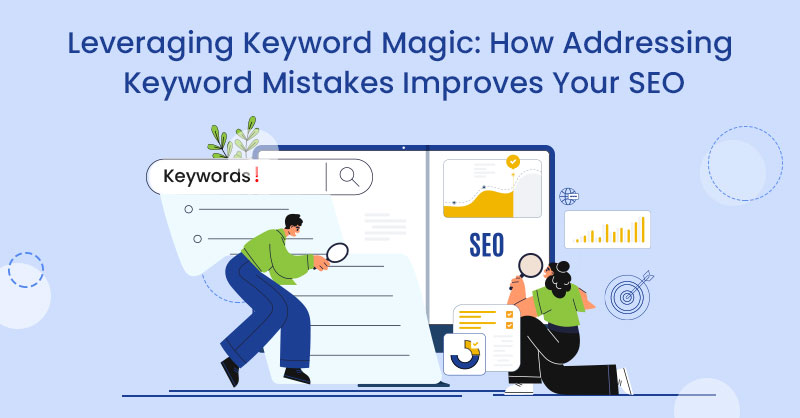Above all, If someone is searching for keywords related to the services you offer, you want to make sure that not only are you ranking on the first page, but you’re ahead of your competitors. It’s what you’re paying all those big bucks for, after all.
However, search engine optimization (SEO) is a long, competitive, and tricky game. More often than not, there’s no simple, quick fix to help you beat your competition. Especially on keywords that can bring you anywhere from 100s to 1000s of organic visits every month.
Depending on how competitive or lucrative a keyword may be, it will take a versatile strategy that optimizes all components to help you beat and outrank the competition on Google’s SERP (Search Engine Results Page).
As opposed to PPC (Pay-per-click), where the results are more immediate for short term gains. Plus, you can purchase your spot ahead of competitors. Whereas SEO takes more time but can deliver more substantial benefits in the long run.
So what’s your game plan for outranking your competitors? We’ll discuss below the various on-page and off-page strategies you can implement to help beat your competitors and deliver the keyword rankings you desire.
1. Keyword Research
Keyword research should be the first step when developing your SEO game plan and initial setup.
In order to complete your keyword research and boost your keyword rankings compared to competitors, follow these steps:
Keyword Mapping: When developing your sitemap, it’s important to select a few keywords you wish to rank for on each page of your website.
Use Google’s Keyword Planner to find and select keywords to target. To get started, create a sample user persona; that way, you will have an idea of what your typical customer searches for when looking for the products/services you provide.
If you’re looking to sell SEO services, perhaps your typical customer would type in “search engine optimization services”. Plugging this into the keyword planner, we would find the following results.

When we look at the sample search terms, it will make it easier to identify what keywords to target based on the search volume and competition. Moreover, once you plug those into your keyword map, you can begin the development of content and on-page material to help boost rankings for those keywords.
Competitor Keyword Research: It’s a good idea to research your competitors. If they are ranking well, you should look at what keywords they’re ranking and discover what is bringing them so much online traffic.
Tools such as Ahrefs serve as a great tool to see what keywords competitors are organically ranking for and finding the keywords that each of their service URLs target.
2. Creating Content Around Your Targeted Keywords
This is one of the more straightforward SEO strategies that can help you increase your keyword ranking. Write content based around the keywords in your keyword map. A rule of thumb should be roughly 1000 words, with about 1 - 3% keyword density of the keywords you’re attempting to rank.
You can use tools such as Keywords Everywhere to help illustrate the density of a specific keyword on any given page on your website.
It’s also essential to make sure you create compelling and exciting content that supports the keyword you are targeting. FAQs, case studies, and before/after results are all great sources of SEO juice to help boost rankings for the keywords you are targeting.
3. Create Interlink Opportunities
Interlinking is also a great and simple technique to increase rankings of keywords for a page that you are looking to use to outrank competitors.
Do you have service pages or monthly blog updates? It’s important to have these pages link back to the original page for which you’re looking to improve its ranking.
Building these internal links across multiple pages of your website will assist in increasing traffic to a specific page, increasing average page views, and decreasing your bounce rate. These are all factors that help boost your domain authority and can increase your ranking position.
4. Build Backlinks
This strategy is no secret. In order to improve your organic rankings, your on-page strategy can only go so far. You need to build backlinks. To get an idea of how many you need, look at the number of backlinks your competitors have to a specific page that’s outranking you and go from there.
Link building can be difficult. Google will reward backlinks from high DA (Domain Authority) websites. It’s essential to focus on the quality over the number of backlinks. Create great outreach material to help acquire these quality links. Infographics, blogs, and video creation are all excellent examples that can be used for outreach when building links.
Also, make sure the backlinks you acquire are topical and relevant to your business. If you have a backlink on a forum that provides teeth cleanings, when your business offers marketing solutions, that link will not be as valuable.
Always look to build links on relevant websites. In this example, you may want to look for colleges and blog sites that offer digital marketing courses. You can look at CRMs and software tools that assist with SEO and SEM development. Keep in mind that Google gives priority to topical backlinks compared to irrelevant links that appear to be blackhat SEO.
5. Increase Page Speed
Similar to your PPC campaigns, page speed is a factor for your SEO rankings. If you notice that competitors are outranking you for keywords where you have the equivalent amount of backlinks, DA, keyword density, or on-page variables, it may be time to look at your page speed on mobile and desktop.
Google’s PageSpeed Insights is an excellent tool for testing your website speed score but also for detecting what variables may be slowing down your website.
Per the image below, text compression, server response times, unused CSS, and off-screen images are just a few of the opportunities you can take into consideration. These opportunities can increase your page speed response time.

6. Optimize On-Page SEO
It may seem obvious, but don’t forget to optimize your H1’s, H2’s, Meta titles and Meta descriptions.

See the image above. Your target keywords should be included in your title tags, descriptions, H1s, schema, image alt, link anchors, etc. Do your best to ensure Google recognizes what your page is about when they're crawling your website and determining your ranking order.
Lastly, take some time to write a creative meta description. Use strong ad copy, and always end with a call-to-action. This is your chance to convince users who search organically to click on your website.
Conclusion: Competitive SEO Analysis
Pinpoint the keywords relevant to your business. List them all down, and run an organic search. See which competitors are outranking you, and list them all in a spreadsheet.
See below for example:

Do an analysis, and if competitors outrank you, pinpoint what they are doing that you are not. Perhaps they have a stronger DA, or they have more content and visuals. When completing this analysis, it will be clear why they outrank you and what you can do to catch up.
Whether your on-page SEO needs improvement, or your backlink portfolio needs to be upgraded; doing competitor analysis and implementing the SEO strategies listed above are just a few of the many strategies used to pinpoint opportunities to outrank your competitors on organic searches.






